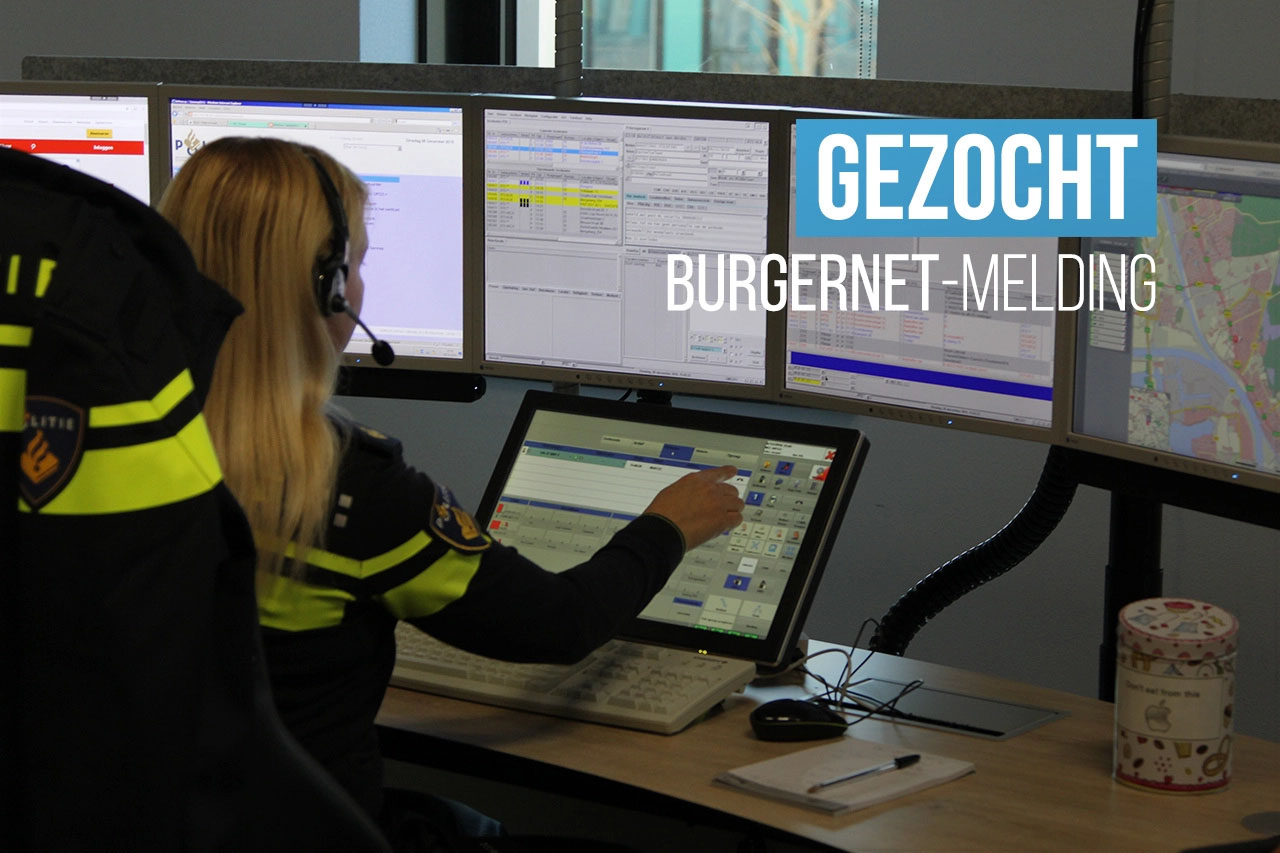Omar Marroquín Pacheco
Houses can be understood as the most significant and primary form of architecture, as it is closely related to the idea of housing, one of the basic needs of humanity.
Currently, a residential unit fulfills multiple functions, which increased to unprecedented levels during the pandemic, suddenly the home had to become a multipurpose space.
Multifunctional homes are playing an increasingly important role in the way people live and work. These homes are characterized by having multiple uses and functions, which makes them
It allows you to adapt to different needs and lifestyles.
In particular, the residence is assuming a fundamental role in multifunctional housing, as it is becoming a flexible space that can be used for different purposes.
For example, many people are using their residence as a workspace, creating a home office that allows them to work remotely or start their own business.
Additionally, the residence is also being used for other uses, such as entertainment and recreation. For example, many multi-functional homes are designed to include entertainment and leisure areas, such as cinema rooms, games rooms and sports areas.
Multifunctional housing has a series of advantages, among which are
include:
● Efficiency of land use: Multifunctional housing makes it possible to make the most of the available space, reducing the need to construct new buildings.
● Urban diversity: Multifunctional housing helps create more diverse and vibrant communities by attracting residents from different backgrounds and lifestyles.
● Sustainability: Multifunctional housing can contribute to sustainability by reducing energy and resource consumption.
There are different types of multifunctional housing, including:
● Mixed buildings: Mixed buildings combine different uses in the same building. For example, a building may have homes at the top and offices or shops at the bottom.
● Multifunctional neighborhoods: Multifunctional neighborhoods are urban areas that combine different uses. For example, a neighborhood can have homes, offices, shops, services and community spaces.
● Modular Homes: Modular homes are prefabricated homes that can be assembled on site. Modular homes can be a way to create multi-functional homes quickly and efficiently.
Multifunctional housing is a growing trend around the world. As cities become denser, multifunctional housing becomes an increasingly attractive option for developers and residents.
Below are some examples of multifunctional housing:
● The Stack residential and office building, in London, United Kingdom. The building has 25 floors and combines homes, offices and commercial spaces.
● The HafenCity neighborhood, in Hamburg, Germany. The neighborhood is a residential, commercial and office area being developed in the old port of Hamburg.
● The Habitat 67 modular housing project, in Montreal, Canada. The project consists of 354 prefabricated modules that can be combined to create homes of different sizes and configurations.
Multifunctional housing offers an innovative approach to home construction that is more efficient, sustainable and diverse. Multifunctional homes are transforming the way we think
about the residence and are creating new spaces that can adapt to different needs and uses. The residence is playing an important role in this change, becoming a flexible and adaptable space that can be used in many different ways.

